
Review on 🌿 BRWISSEN Particulate Analyzer for Pollution and Formaldehyde by Marc Gallner

useful device good for airflow and air quality
I found this device useful and informative. It helped me find a VOC hotspot (a drugged toilet, like a bottle ajar that I couldn't smell) and also gave me an idea of (a) how often I should open the windows, around the house (b) how long the windows should be open (especially in winter, when we limit air exchange because of the cold), (c) which rooms need better ventilation. The CO2 sensor seems reasonable - reading 400 outside (the lowest reading the sensor reads) and when the room gets stuffy it's well over 1000ppm. I have no way of confirming the absolute value of these measurements or the error, but I follow my intuition for CO2. The pm2.5 sensor agrees well with the value displayed in the air purifier and the external measurements provided by the government (e.g. MassAir) at my address. As expected, it increases with the smoke when cooking (frying) and that is helpful as you cannot smell/smell the particulate matter levels. Breathe near him and drop a drop of alcohol. I have no way of verifying that the actual number is correct. My main concern is hotspot detection and relative decline when opening windows to air out the house. The formaldehyde sensor is affected by several other gases as described in the manual e.g. B. Rubbing alcohol, peeling garlic, slicing a lemon will push it up. even if the resulting volatile components are different. Therefore, it makes more sense to use it when there is no person in the room, for example after a renovation. However, it only seems to show an upper (worst case) limit as it is affected by other gases. I was looking for a professional/scientific formaldehyde sensor and it costs thousands. each individual pressure sensor for each possible gas eg benzene, toluene costs hundreds/thousands. Frequent recalibration does not appear to be necessary - automatic recalibration results in similar VOC/formaldehyde levels. => A few minor issues: Sometimes the VOC sensor gets stuck at 0 after storing the sensor for a long time (weeks). In this case I vacuumed the holes around the device, turned it back on and it works. I suspect dust can clog the sensor, which isn't surprising. The alarm clock is annoying - I always turn it off in the settings. I gave it 5 stars because it (a) can accurately report pm1, pm2.5, pm10 values, (b) provides a (rough) CO2/VOC measurement, (c) upper limit for formaldehyde, (d) helps us to understand the ventilation in the house and to identify local VOC hotspots. I've had it for 7 months now and it's still working. Don't expect it to give you a scientific measurement for every possible gas (including formaldehyde) or to detect specific gases (e.g. benzene, toluene, etc.) - it seems very expensive and is mainly within the realm of instruments for the trained professionals and scientists.
- check, measure and check
- old
New products
Comments (0)
Top products in 🌬️ Airflow & Air Quality

🔍 Dioxide Controller for Digital Gas Monitoring

5 Review
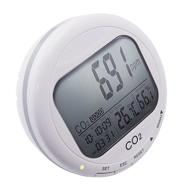
🌡️ Continuous Temperature Monitoring with Relative Humidity Integration

4 Review
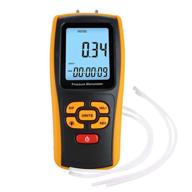
Portable Handheld Manometer 📏 for Accurate Pressure Differential Measurement

5 Review
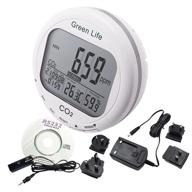
🌬️ Advanced 3-in-1 Indoor Air Quality Monitor with CO2/RH/Temp Data Logging and Audible Alarm - NDIR Sensor Technology

8 Review
Another interesting products
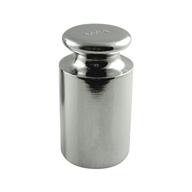
🔧 Calibration of American Weigh Scales 500WGT for Optimal Performance

4 Review
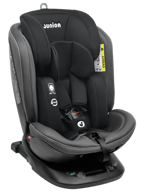
Car seat JUNION Ebby group 0+/1/2/3 (0-36 kg), Isofix, dark gray

13 Review
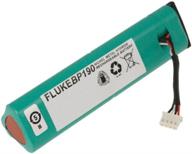
Enhanced Performance: Fluke BP190 Rechargeable Capacity ScopeMeter - Revolutionizing Test and Measurement Efficiency

5 Review

💡 Enhanced Fluke T6-600 Electrical Tester: Boosting Efficiency and Accuracy

4 Review

